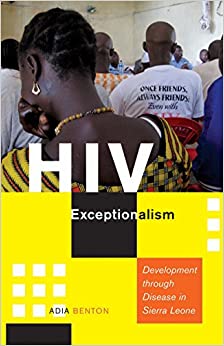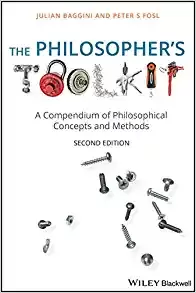Review by Michael Beach
Vernacular
Among the threads in Tilley’s work is the idea of a linkage of vernacular with goals. In many instances, officials at the Colonial Office and scientists in the various studies documented similar goals. For example, all were trying to understand how to make the best use of soils in agriculture. Depending on the era, they also often agreed on concepts of ecology.
Tilley shares examples of divergent goals as well. In areas of ecology, forestry, anthropology, etc., the scientists were interested in local farming approaches. Colonial officials were sometimes more interested in helping white settlers to succeed in creating cash crops. Native agriculture differed from area to area just as soils differed. Burning, then planting in particular ways, allowing portions of land to lay fallow, all looked like randomness to European farmers who approached farming essentially the same way regardless of environment. Indigenous farms in Rhodesia, for example, remained sustainable. White farms in the same area were initially fruitful, but by year three or four tended to fail as soils became depleted (p. 158). Practices of clearing and tilling by Europeans also led to damaging ground erosion. Homer Shanz referred to such farming approaches as “the tyranny of the plow” (p. 136). He sought to guard against “dogmas that hinder successful agricultural development”.
There was a definite tension within the various studies described with regard to considering local conditions as opposed to scaling up to regional or continental approaches. The larger scale proponents looked to standardization. Localization proponents looked to unique factors in a given area. As movement in the scientific community discussed merits of using ecology as a potential way to connect various fields of science, consideration of factor interrelationships seemed ever more complex, even locally.
Similar to the debate over local vs standard farming approaches, attempts to control trypanosomiasis, or sleeping disease, spread by the tsetse fly were cast in similar language. William Ormsby-Gore noted, “No one form of attack upon the tsetse fly is universally practicable” (p. 177). Note the language of war used around to the time of both world wars.
Just as dogmas noted by Shanz clouded European colonialism in farming, similar language around the people of Africa shaped perspectives toward native populations. Tilley tells us how the language of eugenics and demography “had important effects on conduct and legislation of colonial administrations” (p. 258). She shows a number of examples of scientists and administrators who believed Europeans could learn more from locals about farming techniques. She also gives examples of language in which indigenes are seen as ‘backward’ or somehow 'less'.
Vernaculars differed throughout the work. Whether the language was political, administrative, scientific, that of the local farmer, or of workers in faraway laboratories, language, perspective, and actions are clearly intertwined.










 RSS Feed
RSS Feed